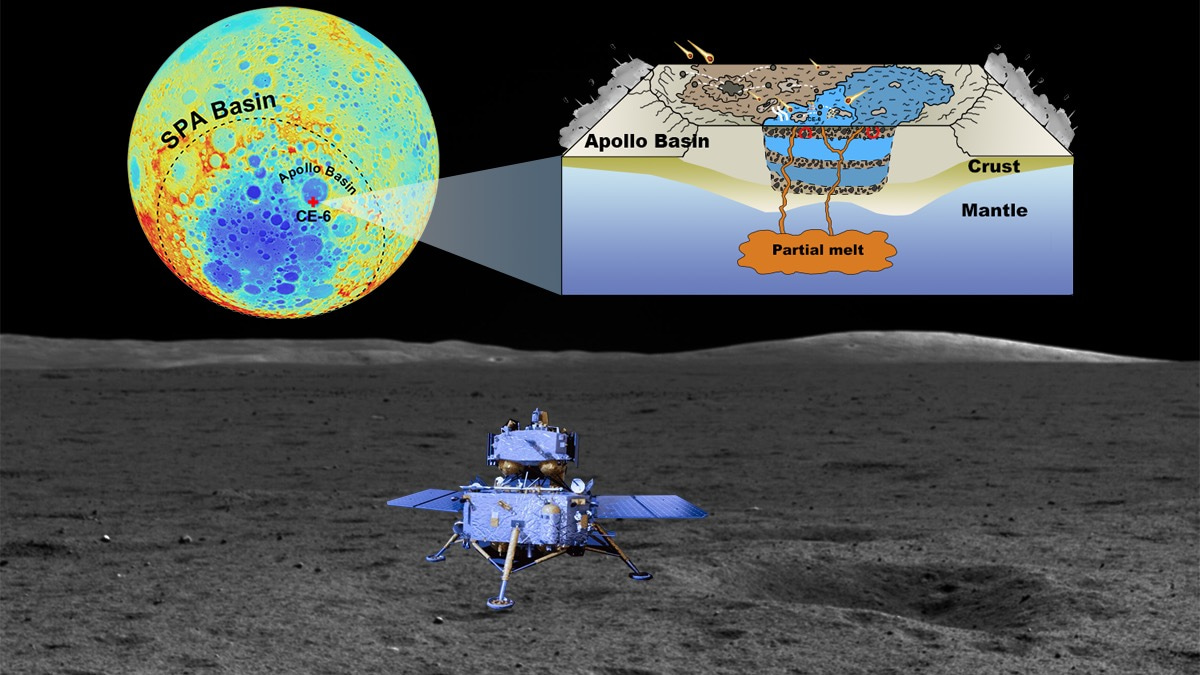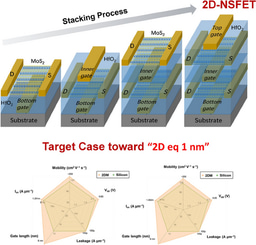Revealing the Deep Lunar Crust: A Mineralogical Exploration into the South Pole–Aitken Basin
Published in Astronomy and Earth & Environment

For years, Planetary Science team at Shandong University has been driven by one central question: what is the lithological nature of the lunar farside, particularly the enigmatic South Pole–Aitken (SPA) basin? As the largest and oldest recognized impact structure on the Moon, the SPA basin potentially excavates deep crustal or even mantle material. For the longest time, all we had to learn from were remote sensing and in-situ datasets from various lunar missions like Clementine, Kaguya, Chandrayaan-1, and especially Chang‘E-4 Yutu-2 roving mission, etc. They gave us hints, but without real samples from the SPA, it was like trying to solve a puzzle with half the pieces missing.
That changed in 2024 with the return of lunar soil samples by the Chang’e-6 mission, China’s first sample return from the Moon’s farside. The samples were allocated to us for in-situ mineralogical analysis, and we got an opportunity: could we finally provide direct ground-truth data to test decades of remote sensing interpretations?
We turned to laser confocal Raman spectroscopy, a technique well-suited for non-destructive, high-resolution mineral analysis. This marked the first time Raman spectroscopy had been applied directly to returned soil samples from the SPA basin. The early spectra were both familiar and surprising due to the enrichment in pyroxene, plagioclase, and amorphous phases. One of the first breakthroughs came when Dr. Haijun Cao, a postdoctoral researcher in the lab, identified distinct compositional domains within the sample that could be tied to ejecta from the Chaffee S crater, a structure located within the magnesium-rich pyroxene annulus at the SPA basin floor.
Compared to the lunar nearside soils returned by Chang’e-5 mission, these samples told a completely different story. They were poorer in olivine and ilmenite, yet rich in crustal plagioclase. As we integrated Raman data with geochemical results, a picture began to emerge: this soil was not simply the weathered surface of a basaltic lava flow. It was like a layer cake that’s been smashed and mixed over billions of years by crashing asteroids.
Over several months, the team, guided by Professor Zongcheng Ling, built a five-stage model for the formation of the local regolith at Chang’e-6 landing site, from primary basalt emplacement to distal ejecta deposition and prolonged space weathering. Perhaps most strikingly, we found that nearly one-third of the sample component was foreign, representing reworked crustal material mixed into the Mg-rich noritic lithology at the SPA basin floor (Figure 1). This was the first direct, mineral-scale evidence that impact-induced mixing had shaped the regolith far more thoroughly than previously appreciated.
We submitted our work to Communications Earth & Environment, and after a rigorous review process, the paper was accepted. For us, it’s more than a publication because it’s the first mineralogical ground truth from the Mg-rich pyroxene annulus of SPA basin on Moon’s farside, a step toward demystifying the deep lunar crust, and a demonstration of the scientific power that returned samples can unlock when paired with high-resolution spectroscopy.
This journey from remote sensing hypotheses to direct sample validation has been long in the making. But it’s only the beginning. With more samples, better instruments, and collaborative insight, we look forward to uncovering the next chapters of the lunar hidden history.

Figure 1. Evolution history of the Chang’e-6 lunar soil from lunar farside SPA basin.
Link: https://www.nature.com/articles/s43247-025-02441-8
Follow the Topic
-
Communications Earth & Environment

An open access journal from Nature Portfolio that publishes high-quality research, reviews and commentary in the Earth, environmental and planetary sciences.
Related Collections
With Collections, you can get published faster and increase your visibility.
Geology of the Moon
Publishing Model: Hybrid
Deadline: Jan 31, 2026
Archaeology & Environment
Publishing Model: Hybrid
Deadline: Mar 31, 2026




Please sign in or register for FREE
If you are a registered user on Research Communities by Springer Nature, please sign in